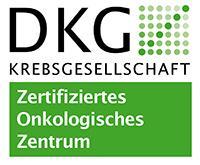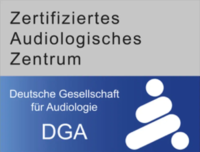About the disease
Sinusitis is an inflammation of the tissue lining of the sinuses. The sinuses become blocked, allowing germs to spread in the fluid-filled space. The most frequent cause of sinus blockage is the common cold, which causes symptoms such as a running nose, sore throat and sometimes a fever. Without treatment, a simple cold can lead to sinusitis and rhinosinusitis.
Another common cause of sinusitis and rhinosinusitis is allergic rhinitis, which develops when the lining of the nose has an allergic reaction to certain products. It is unlikely that a single contact with the allergen will cause problems; rather, it usually takes recurrent contact for sinusitis and rhinosinusitis to develop.
In some cases, sinusitis can develop as a result of polyps, which are benign growths in the lining of the nose. These growths create an obstruction in the nasal cavity, leading to nasal congestion. This can then cause the sinuses to become blocked as well, which can in turn lead to the development of sinusitis and rhinosinusitis.
There are two main types of sinusitis and rhinosinusitis: acute and chronic. The acute type usually lasts for about 2-4 weeks, while the chronic type can last 12 weeks and even longer if left without proper treatment. Chronic sinusitis and rhinosinusitis are more dangerous as they can cause more serious infections, which is why it is so important to treat this condition as soon as you notice the symptoms.
Symptoms
- Congestion in the nose
- Running nose
- Stuffiness
- Facial pain
- Pressure in the face
- Partial loss of smell
- Pus in the nasal cavity in some cases
Diagnosis
- During a general examination, the doctor will ask the patient about their symptoms and will examine their nasal cavity.
- The doctor will ask the patient how often they have colds and infections, as this condition is almost always secondary.
- An X-ray and other imaging tests of the nasal cavity are performed to confirm the diagnosis and to rule out the possibility of nasal polyps.
- A blood test is sometimes needed, to rule out the possibility of an infection.
Treatment
- Conservative treatment such as saline nasal washes and a course of antibiotics are prescribed to precipitate recovery and alleviate the symptoms.
- An ethmoidectomy is a minimally invasive surgical procedure, whereby the infected tissue is removed in order to restore the nose’s natural drainage function. In turn, this restores the patient’s sense of smell and they are also able to breathe easily again.
- Fenestration opens the blocked sinuses and thus removes the blockage.
Authors: Dr. Nadezhda Ivanisova, Dr. Sergey Pashchenko




















